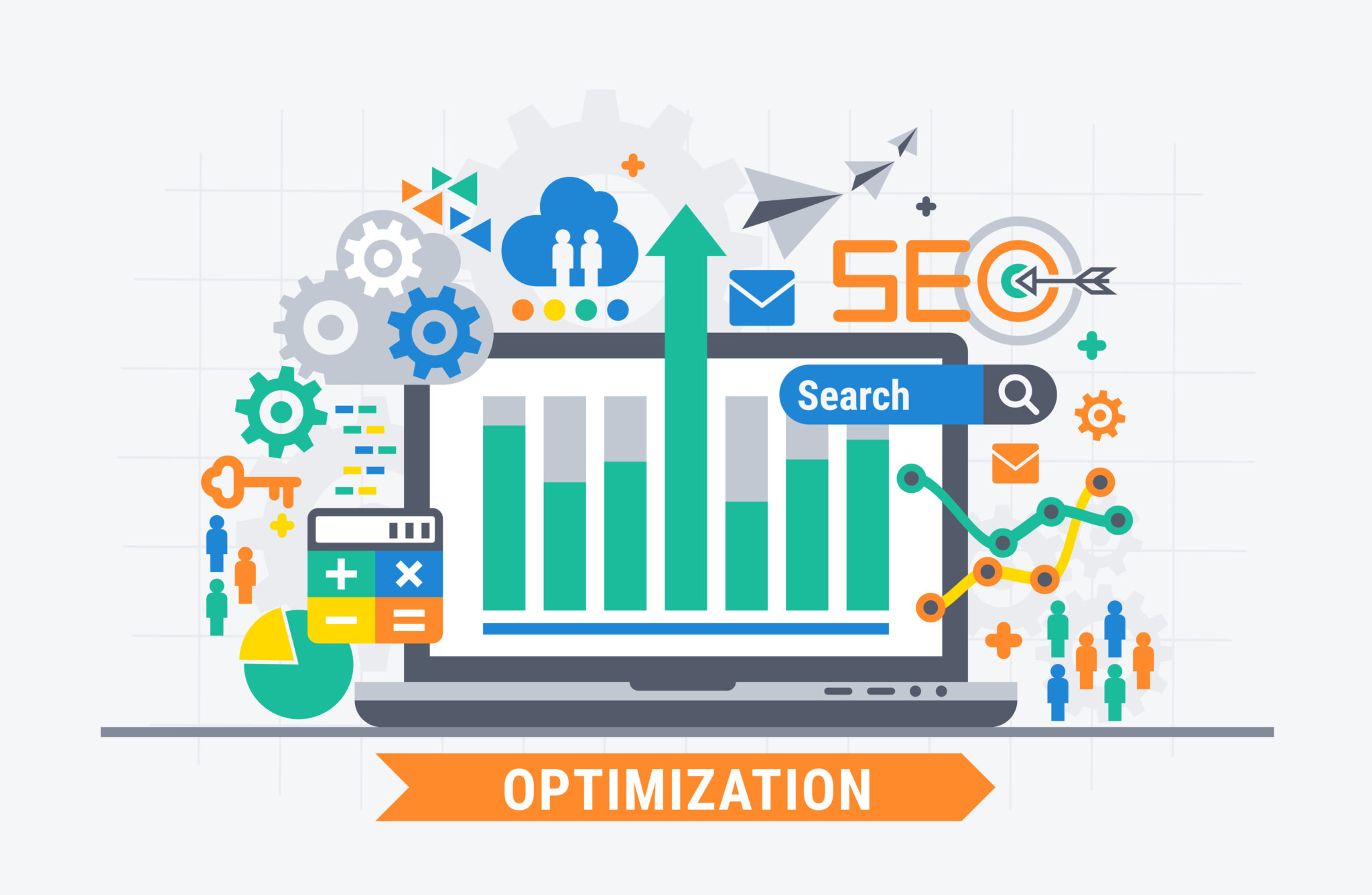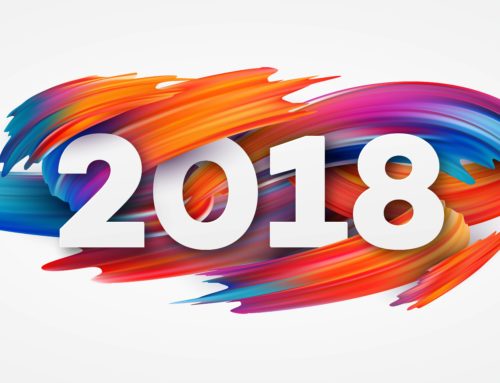It’s absolutely true: you are leaving massive amounts of money on the table of you don’t use SEO marketing for your business.
Unfortunately, there is an unbelievable amount of information on search engine optimization out on the internet, and it’s easy to get intimidated when having to deal with this topic. Because it can be so intimidating, most businesses do absolutely nothing with their SEO (unless they have the help of an experienced SEO consultant).
Today, we’re going to dive into some easy things you can do right now to start your SEO marketing efforts off on the right foot, right away.
1. On-Site SEO Marketing Essentials

The most critical elements for search engine optimization happen on your own site. Link building is essential, but link building without proper on-site optimization won’t be anywhere near as effective.
Below are the essential on-site optimization elements you need to put on each of your website’s main pages, especially your homepage.
The Golden Rule of On-Site Optimization

Before we get started, one thing you want to keep in mind when using any of the following SEO elements is not to overdo it. You might be tempted to shove a massive amount of keywords onto each of your pages, but that will destroy your on-site SEO efforts.
Google actively punishes websites that use too many keywords on any one page. When it comes to keyword optimization, you want to keep it simple. Think of a maximum of five keywords or keyword phrases for each page, and optimize for those keywords.
If you don’t know what keywords you should use, enter some preliminary ideas on Google’s AdWords Keyword Tool to get suggestions.
Title Tag
The title tag on your web pages tells Google and other search engines what your page is all about. You should keep the character count at 70 characters or less. Be sure to include your business or brand name as well as any keywords that relate to that particular page.
This tag is located between the <HEAD> </HEAD> tags close to the top of the HTML code for your page.
Meta Description
The meta description on your web pages tells search engines more about what they can expect to see on your page. A debate still rages on about whether meta descriptions help with keyword rankings. Whether it does or not, you’ll want to write your meta description for a human audience. This description should include the page’s main keywords since the meta description will show up in the search results page.
If you use WordPress, you can quickly add title tags and meta descriptions to your pages. You can do this by using free plugins such as All in One SEO, Platinum SEO, and SEO by Yoast.
Internal Links
You help search engines learn more about your website by linking to other pages on your site within each piece of content you create.
If you use WordPress, simply select the text you want to use to link back to your previous articles, click the icon that looks like a chain link (or use the keyboard shortcut “Ctrl K”) and then select from the list below.
Header Tags
Most blogs (including this one) utilize three different levels of HTML header tags that help break the content into sections. Adding a header tag also helps to let search engines know more about what each section is about.
The <H1></H1> tags surround the post title – there should only be one set of <H1></H1> tags per page. If you use WordPress, your article title is automatically set as <H1> so you won’t need to add any more in the body of your post.
The <H2></H2> and <H3></H3> tags surround subheadings on the page. There can be multiple instances of both. Use header tags to break your content up into digestible sections and help both readers and search engines make better sense of your content.
Image Name & ALT Tags
When you use images on your website, you should use good keywords for both the image name and the alt tag. Image names and ALT tags help search engines find good images for their image search based on the keywords specified.
For example, if we were to optimize an image for the keyword phrase “content marketing” we would use <img src=”https://www.trafficchampions.com/wp-content/uploads/2018/07/Content-Marketing.jpg” alt=”Content Marketing”/>.
If you use WordPress, you can enter in the ALT tag as you upload the image, and you won’t have to mess with any of the code.
2. Content Is King

Simply put, the more content you have, the more likely your visitors will stick around on your website. Moreover, the more content you have on your site, the more likely search engines will put your website’s pages in their search indexes.
The key to pleasing both search engines and visitors is to have quality content on our website. Quality content can be in a variety of topics and formats that include, but are not limited to:
- Industry Articles
- Tutorials
- Blog Posts
- Infographics
- Podcasts
- Videos
Making quality content for your site can be a considerable investment, but it’s worth it. Search engines love it, and your visitors will enjoy it so much that they’ll share it on social media, which will lead to even more visitors.
You can start out by publishing blog posts, and as your audience expands, you can also expand your content to include additional formats.
3. Off-Site Optimization

Link building is easily one of the most talked about SEO tasks. The fundamental goal of link building is to get other (hopefully reputable) sites to link to yours. Ranking at the top of search results is a popularity contest. The links from the other sites are like votes saying your site deserves to be ranked higher on the list.
Links that have what’s called keyword anchor text (keyword phrases that are linked to another page) will help you rank specifically for the keywords that are linked to.
There are three main kinds of links and link building strategies:
Organic Links
These are links you don’t have to ask for, and they are easily the best kind. This is especially true if you can get them on high authority sites, like major news outlets and other well-recognized websites.
Whitehat
Whitehat strategies are good, quality link building. These are the kind you should strive to build.
Blackhat
Blackhat strategies are spammy, low-quality link building. Avoid these strategies like the plague if you want to keep your site indexed on the major search engines like Google.
Most websites, especially those starting out, have a hard time generating enough organic links to raise their rankings in search engines, which is why link building is such a popular service. However, you can get started on building quality links by doing some of the following activities.
- Submit guest blog posts to some of the most popular blogs in your industry. Generally, these blogs will allow you to place a link back to your site in the author box, which is typically located at the bottom of your guest post.
- Reach out to related (but not directly competitive) businesses to see if they will link to you. A great way to do this is to see if the companies they work with have a page on their site that links to partners, vendors, suppliers, and so on.
- Create local search profiles (if applicable) and social media profiles. These links don’t always count towards search rankings, but they can attract clicks that will bring more traffic to your site.
- Submit your website to appropriate industry directories or purchase advertising.
- Create link-worthy content. Infographics are one excellent example. With infographics, you create a beautiful image that represents essential information, and you allow others to use your infographic on their site. In exchange, they link back to your website to give you credit for your work.
4. Use Google+ to Help with Your Rankings
If your goal is to rank highly on Google, then you should join Google+. Google’s own social network can help you rank better in search results for people you connect with.
Personalized search results beat out even local search results. Therefore, if you want to get into the personalized search game, you’ll want to do the following:
- Create a Google+ personal profile and a business page.
- Recommend the website you want to rank well in search results by giving it a +1, sharing the site on your profile and/or page as a status update, and linking to it in your profile information under recommended websites.
- Fill out your profile information in its entirety to make others want to connect with you.
- Check your settings and set your profile information, and your status updates, to “public.”
- Share other interesting updates on your profile, so it doesn’t look too self-promotional.
- Start connecting with people whom you want to see your website in the search results. Use the search box on Google+ to find people to connect with and add them to your circles. Hopefully, most will add you back.
The more popular you are on Google+, the more you will influence the search results of those who are following you. Take advantage of this social network to its fullest extent to reap the benefits.
5. Monitor Your Results

Last, but not least, you will want to keep track of your SEO progress by watching your results. You can use these essential tools to monitor your results.
Google Analytics
Use Google Analytics to learn more about the visitors to your website. In particular, monitor your organic search traffic sources to see what keywords people are using to find your site in search results.
By setting up goals, you can see which keywords lead to visits where visitors do what you want them to do on your site such as sign up for a mailing list or purchase a product. Doing this will help you learn what keywords you should be targeting with your SEO campaign.
SEMRush
SEMRush gives you a complete suite of SEO tools. Just one of these tools allows you to check your position on each keyword you are targeting so you can see if you’re moving up in the search results. SEMRush also provides a backlinks audit and analytics for your website to fully track your progress in your SEO efforts.
You can sign up for a free account to check out their entire tool suite.
There are a lot of other valuable SEO tools out there, but these are the best ones to start with to help you learn more about whether your SEO efforts are making a difference.
Wrapping It Up
If you can follow the suggestions in this post, you will start off on the right foot when it comes to your website’s search engine optimization. Moreover, you will start reaping the benefits of getting more visitors through search engines too!
But there is something you want to keep in mind: SEO can be a 6-12 month strategy; don’t do SEO for immediate traffic and sales because it simply won’t happen in that short of a time period.
However, if you want to lower your acquisition costs over time, you absolutely need to start doing SEO activities right away so you can get traffic from ranking for keywords you can compete on. It may take some time to reap the rewards for your SEO efforts, but when it does happen, the rewards can be enormous.
However, like we mentioned at the beginning of this article, SEO can be incredibly time consuming, and it can eat up all of the time that could be spent on tasks that only you can do for your business. Let us take this enormous burden off of your shoulders; schedule a strategy session with us today and let’s discuss how we can take your business to the next level.






Leave A Comment